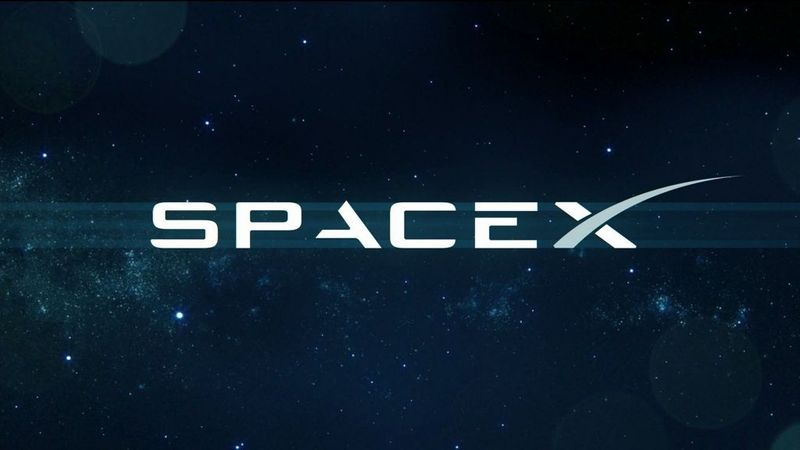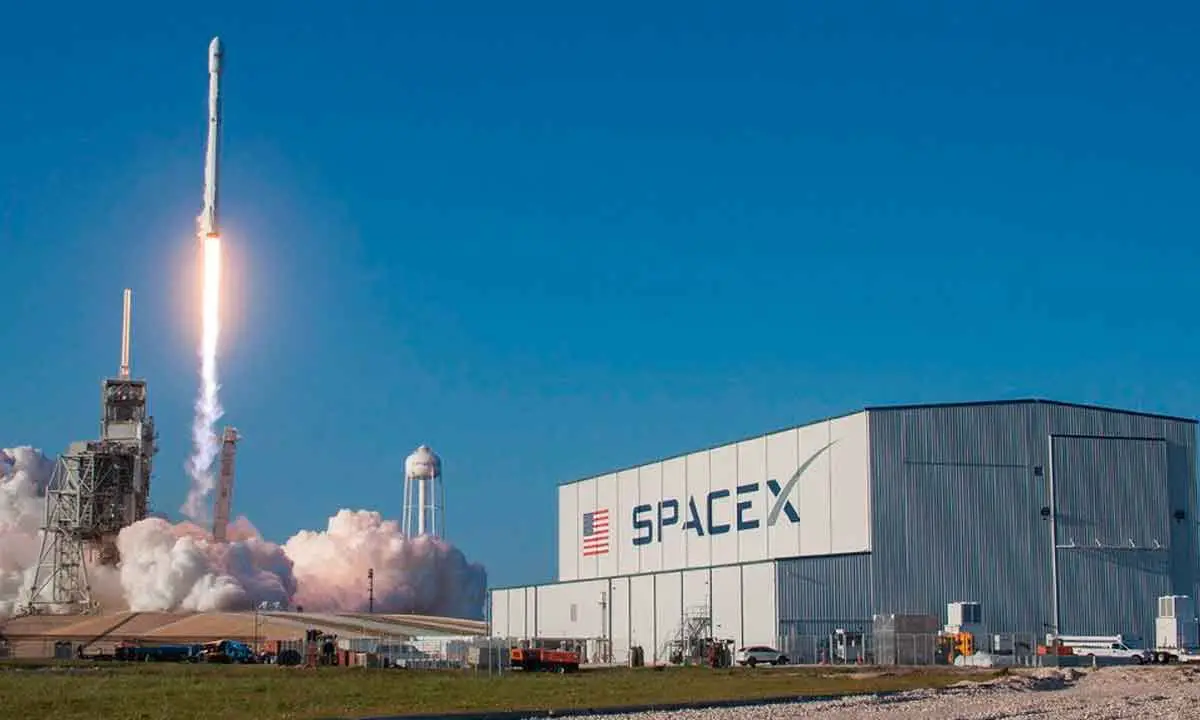That SpaceX is a key company in this new golden age of space exploration is undoubted. We had a clear demonstration of this last year, with the first manned flights of the Crew Dragon, a success that allowed NASA, for the first time in many years, to carry out a crew change on the International Space Station without having to rely on Russian collaboration.
We are also seeing great progress from SpaceX in going further. The U.S. space agency’s Artemis program, with which humans will return to the Moon in this decade and set foot on Mars for the first time in the next, relies heavily on SpaceX. We begin by mentioning these points because we sincerely believe that the contributions of this company to space exploration are remarkable and very positive.
However, just as we have no problem in recognizing the company’s merits, my pulse does not tremble if we have to write about its nonsense, and unfortunately, there is some. The first example was, of course, the launch of a Tesla Roadster into space. The absurd size was carried out as a test of the Falcon Heavy and, since then, an object unnecessarily travels through space, demonstrating that our polluting capacity goes beyond our planet.

Then there is the issue of space tourism. It is true that on this point SpaceX has not yet done anything, compared to Virgin Galactic and Blue Origin, which already made their first flights in this direction a few weeks ago. However, this inaction is not because they have doubts about it, but because their offer aims to be much more premium than that of both companies, offering “real” space flights, with some orbits to our planet and, who knows, maybe in the future round trips to the Moon.
Another problem, also related to SpaceX, is the problems that the Starlink constellation of satellites causes to astronomers. Space observation is a very important activity for a multitude of activities. It is true that after the first launches, the company is studying various measures to mitigate some of this impact, but it is something it should have contemplated before starting to launch satellites as if it were the end of the world.
Now in collaboration with the Canadian startup Geometric Energy Corporation, it will put into orbit a satellite that will display advertising. Yes, you read that right, advertising in space.
The concept that Geometric Energy Corporation and SpaceX are working on is a small satellite with a screen, whose content will be captured by a camera pointed at it, and retransmits its signal to Earth, from where it can be observed through the Internet. And how can this advertising be contracted? We think that deep inside you have already imagined it: with cryptocurrencies, more specifically with Dogecoin.
It is true that we are talking about a small satellite, yes, which will be totally unnoticeable from Earth, but it is no less true that SpaceX is already going to generate huge congestion of satellites around the Earth with Starlink, and that adding, even if only one more, with such an absurd purpose as this, seems to be a statement of intent about the little, if not zero, concern of the company and its CEO, Elon Musk, with making rational use of space.





